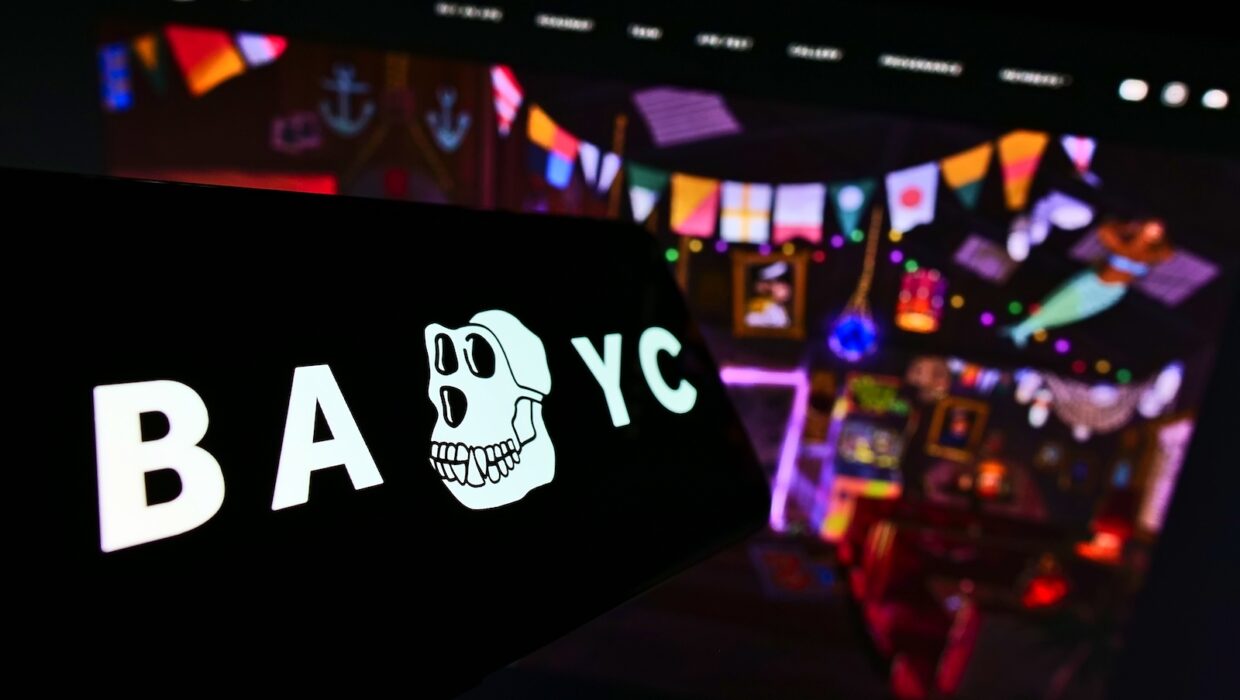In the ever-evolving landscape of digital innovation and cultural consumption, the art world has witnessed a curious phenomenon: the rise of Non-Fungible Tokens (NFTs). As we cross the mid-year threshold of 2023, art institutions are left pondering a critical question – are NFTs worth the ongoing investment, or are they remnants of a fading zeitgeist, overshadowed by the ascendancy of generative AI?
Earlier this month, the Non-Fungible Conference (NFC) in Lisbon hosted a significant milestone in the art and digital space – the world’s first NFT Art Prize organized by Arab Bank Switzerland. The award, recognizing the burgeoning potential of digital artists in the NFT sphere, saw Marjan Moghaddam, an emerging digital artist, crowned for her captivating piece, “Glitching Intaleqi.” This event, undoubtedly, marked a noteworthy recognition of digital artistry in the NFT space by a major institution.
NFTs, for all their novelty, offer an enticing proposition for artists – a fresh canvas for creative expression, an avenue for increased visibility, and the tantalizing potential for unprecedented financial gains. Yet, this brave new world of digital artistry is not without its hurdles. Copyright issues, the environmental footprint of blockchain technology, and the uncharted territory of public and artistic understanding and acceptance of NFTs linger as pertinent challenges.
While the art world grapples with the NFT phenomenon, the wider digital landscape seems to be shifting its gaze. The NFC may have put NFTs on the pedestal, but the upcoming Proof of Talk summit in Paris, scheduled for June 14 and 15, might highlight a changing focus. The summit will gather leaders in the Web 3.0 industry, including CEOs and founders of top blockchain companies, to chart the course for the future of the digital ecosystem.
The primary agenda of the summit, intriguingly, veers away from NFTs, focusing instead on restoring trust in the Web 3.0 industry and fostering creativity and collaboration among promising Web 3.0 startups and esteemed investors. This pivot towards broader Web 3.0 discussions and away from NFT-centric dialogues might be an indication of where the winds of the digital zeitgeist are blowing.
Indeed, generative AI – a technology that utilizes machine learning algorithms to create new content – is rapidly capturing the limelight. This shift towards AI, coupled with a waning fascination with the Metaverse, signals that the crest of the NFT wave may be behind us.
Yet, it’s crucial to note that the ebbing tide of one trend doesn’t negate its value. The art world, with its rich history of embracing and discarding movements, knows this well. NFTs have, undeniably, left their mark, challenging traditional notions of artistry, ownership, and value.
So, should art institutions continue to invest time and resources in NFTs? The answer, as often is the case in the art world, remains subjective. While the spotlight may be shifting towards generative AI, the essence of art – its capacity to challenge, disrupt, and innovate – remains constant. As such, it may be less a question of whether NFTs are a worthwhile investment and more a question of how art institutions can continue to adapt and evolve in this dynamic digital landscape.



